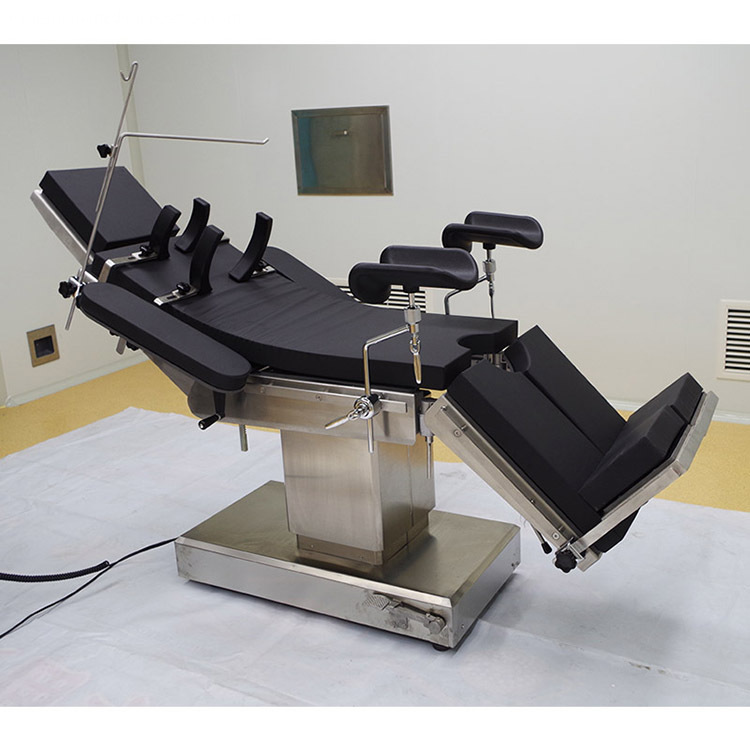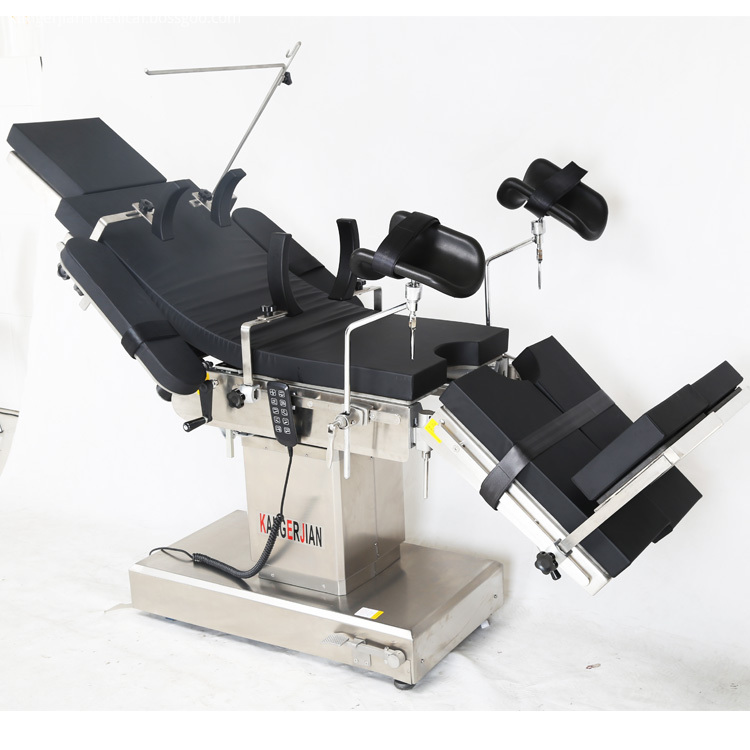First, the purpose of the experiment 1, learning the most commonly used double enzyme digestion in the cloning work; 2, learning the connection method and operation technology of the foreign gene and plasmid; 3, learning calcium chloride method to prepare Escherichia coli competent cells Technology; 4, understand the concept of cell transformation and its significance in molecular biology research. 5. Techniques for transferring foreign plasmid DNA into recipient cells and techniques for screening transformants. 6. Learn how to identify recombinants. II. Experimental principle Establishment of recombinants: The plasmid vectors pBR322 and pUC18 were digested with restriction enzymes to produce complementary cohesive ends. Under the action of T4 DNA ligase, two plasmid fragments were ligated. Competent cells: After the receptor cells are treated by some special methods (such as CaCl, RuCl and other chemical reagents), the permeability of the cell membrane changes, and it becomes a carrier molecule capable of accepting many foreign DNAs. Competent cell.
Transformation: It is a means of introducing heterologous DNA molecules into a cell line and enabling recipient cells to acquire new genetic traits. It is the basic experimental technique in research fields such as Genetic Engineering. Electroporation: The prepared competent cells are washed with a low salt buffer or water, and the vector DNA molecules are introduced into the recipient cells by the action of a high pressure pulse. Cloning screening: Screening with different antibiotic genes. Common antibiotics are: ampicillin, kanamycin, chloramphenicol, tetracycline, streptomycin, etc. Identification of recombinant plasmid clones: Identification of methods with recombinant plasmid clones commonly used α-complementary, small scale Plasmid DNA was prepared for enzymatic analysis, insertional inactivation, PCR, and hybridization screening. The most common method is to prepare plasmid DNA for small-scale digestion analysis, and the vector with LacZ gene can also be screened by binding to α-complementation. 3. Reagents and equipment 1, reagent pUC18 plasmid, pBR322 plasmid, DL2000 Marker, Pst I (15U/ul) and digestion buffer, EcoR I (15U/ul) and digestion buffer, DNA Ligation Kit Ver 2.1 (TaKaRa ), LB liquid medium (Luria-Bertani), LB solid medium, 50 mg/ml kanamycin stock solution, plasmid rapid extraction kit (Bodatek), 10 X Buffer K, Pst I, EcoR I (TaKaRa) 2, equipment electric gene transfer discussion, constant temperature shaker, desktop high speed centrifuge, constant temperature water bath, agarose gel electrophoresis device, electrothermal constant temperature incubator, electrophoresis instrument, ultra clean bench, micro pipette, eppendorf tube. 4. Method of operation 1. Construction of recombinant plasmids Plasmids pUC18 and pBR322 were digested with Pst I and EcoR I, respectively, and the digested products were mixed in a ratio of 1:1, and ligated with T4 DNA ligase to construct a recombinant plasmid. 2. Preparation of competent Escherichia coli cells to collect Escherichia coli cells, and treated with CaCl2 to prepare competent cells. 3. Transformation of Recombinant The constructed recombinant plasmid was added to the prepared competent cell suspension, and the recombinant plasmid was transformed into the host cell by electroporation. 4. Screening and identification of recombinants The blue-white screening recombinants were used. The plasmid was extracted rapidly by phenol/chloroform, and identified by electrophoresis. V. Key steps and precautions 2. The connection reaction temperature should be moderately selected. The formation of hydrogen bonds between the too high viscosity ends is unstable, and too low will affect the activity of the ligase. 3. The ratio of the two plasmids in the ligation reaction is 1:1, otherwise it is easy to self-ligation. 4. When preparing competent cells, cells in the early phase of logarithmic growth phase should be used, and the low temperature treatment time should be sufficient. 5. The electric shock voltage, current and time should be selected appropriately during the electric shock method. 6. Conversion and blue and white screening should be done as yin and positive controls to prevent false positives and false negatives.
Electric Operating Table Adopt Famous brand JIECHANG electric push rod as the power source for the operation tables. Operation beds adopt medical grade 304# full stainless steel materials; Full set of micro electric control system for ot table with low noise, overload protection, safty reliablity; TheElectric Operating Table entire table of operating table can move forward and backward to realize full position C-arm and X-ray radiography.


Operating Table,Surgical Table,Surgery Table,Surgical Operation Table
Shandong qufu healthyou Medical Technology co.,Ltd , https://www.kangerjianmedical.com